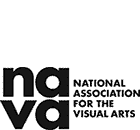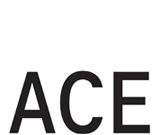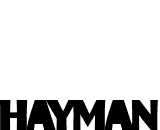Emily Floyd:
Anti-totalitarian Vectors
VAULT correspondent Hamish Sawyer talks to Emily Floyd about the complexity of language and the importance of free speech in context of her enduring practice.
In 2018, during her residency at the International Studio and Curatorial Program (ISCP), New York, Melbourne artist Emily Floyd received an e-flux update announcing that Hungary’s right-wing government was closing the Budapest archive of the influential Marxist theorist György Lukács (1885–1971). The news prompted Floyd, whose research-driven practice has consistently drawn upon critical theory and archival material for nearly two decades, to contemplate the current rise of populist, authoritarian governments around the world.
Floyd’s interest in Lukács led her to discover that a number of his students fled Hungary and settled in Melbourne during the 1970s, including Ágnes Heller (1929–2019), an authority on Marx, ethics and modernity who taught at La Trobe University. Together, Lukács and Heller provide the intellectual catalyst for Floyd’s most recent exhibition, Anti-totalitarian Vectors (July 13 to August 17, 2019) at
Anna Schwartz Gallery, Melbourne.
Emily Floyd is one of Australia’s most significant contemporary artists, having presented solo exhibitions at the National Gallery of Victoria, Melbourne (The Dawn, 2014) and Heide Museum of Modern Art, Melbourne (Far Rainbow, 2014–15); in 2015 Floyd participated in All the World’s Futures, the 56th Venice Biennale, curated by Okwui Enwezor. Encompassing sculpture, public installations and printmaking, her practice explores language as both idea and form.
Art historian Amelia Barikin has noted, “Floyd repeatedly puts words into play.
Her projects seek to spatialise concepts;
they create habitats from ideas”.
In recent years, Floyd’s projects have become more expansive in concept and scale, creating environments that encourage .. Subscribe to read this article in full
























